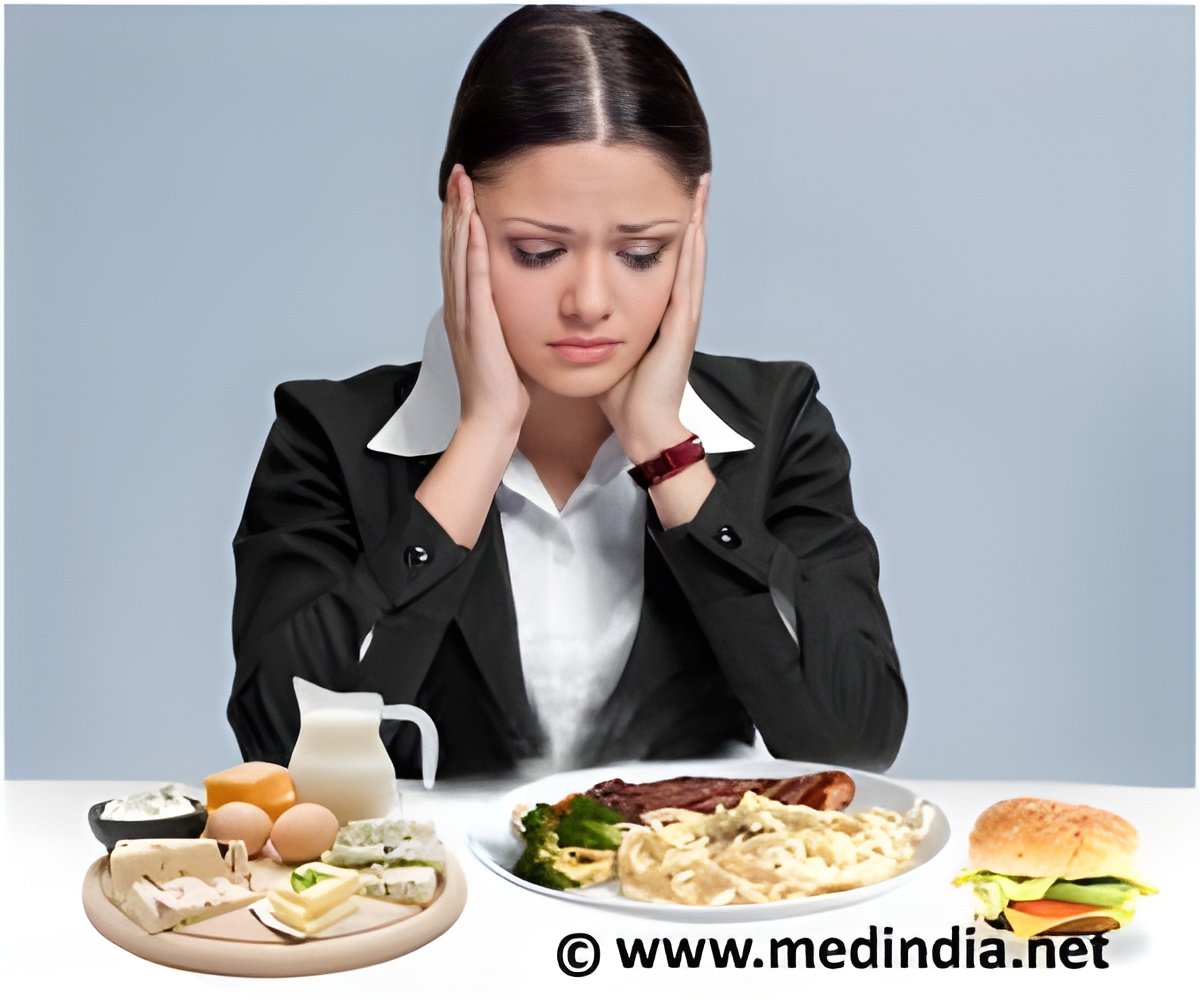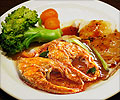
A trial by Dow Wolff Cellulosics, the company behind the product, showed that volunteers who ate food containing the additive consumed 13 percent fewer calories when given a second meal two hours later, the Telegraph reports.
Advertisement
Advertisement
Carsten Huettermann, the German scientist from Dow Wolff, said: "With a sense of fullness and hunger-satisfaction, people would not crave more food. In our first study, we saw that fewer calories were consumed at the following meal after eating our new product."
Huettermann presented the findings at a meeting of the American Chemical Society.
The ingredient, known as SATISFIT-LTG, is a modified version of methyl cellulose, a food additive used as a binding agent in ready meals, baked goods and other snacks for 50 years.
Methyl cellulose is a white powder which dissolves in cold water and, when heated, turns into a gelatin-like material that holds ingredients together and gives foods a more desirable texture. In its normal state, the ingredient passes through the stomach very quickly and does not make the person who has eaten it feel any less hungry.
But Dow Wolff, which manufactures methyl cellulose, claims it can be modified to form a gel at body temperature, meaning it remains in the stomach for longer and is absorbed by the small intestine.
Previous studies have shown that substances which turn into a gel when they reach the stomach or intestine can trigger the feeling of fullness, the scientists said.
The company announced it plans to carry out further trials based on its early-stage "proof-of-concept" experiment.
Source-IANS















